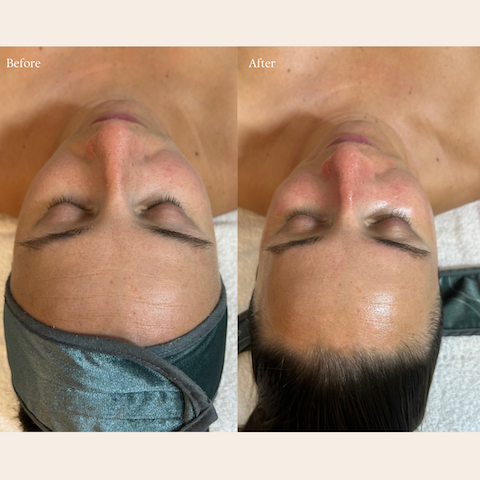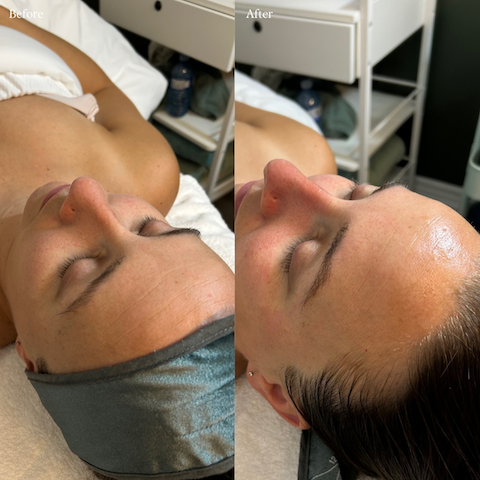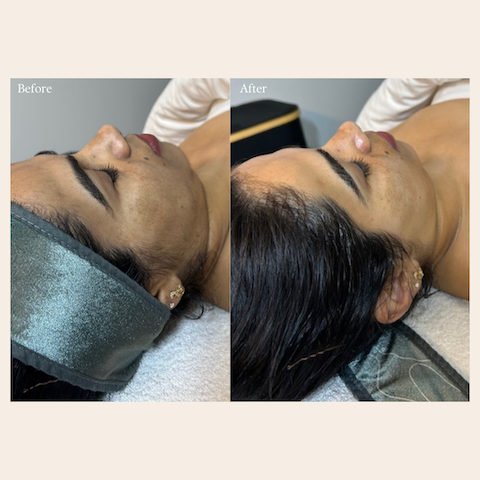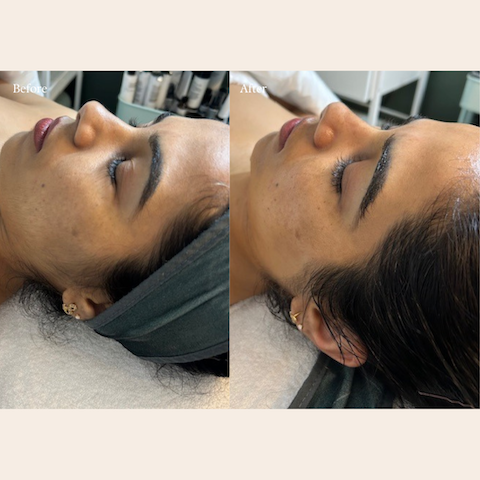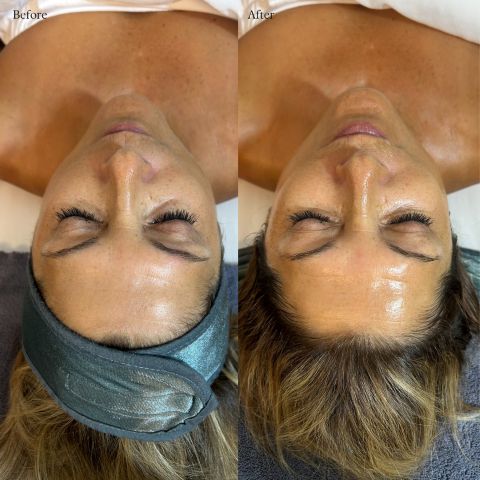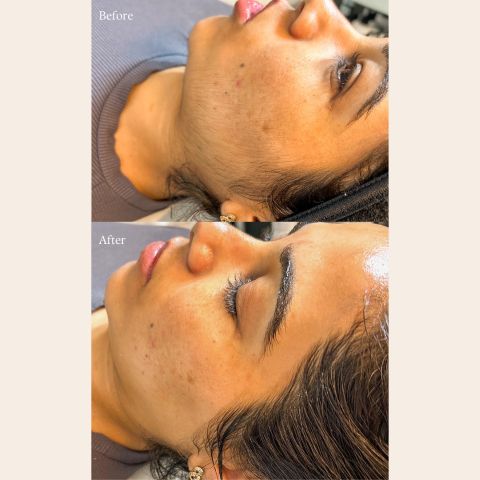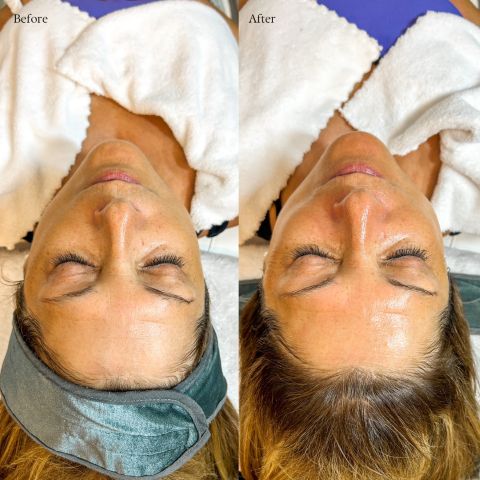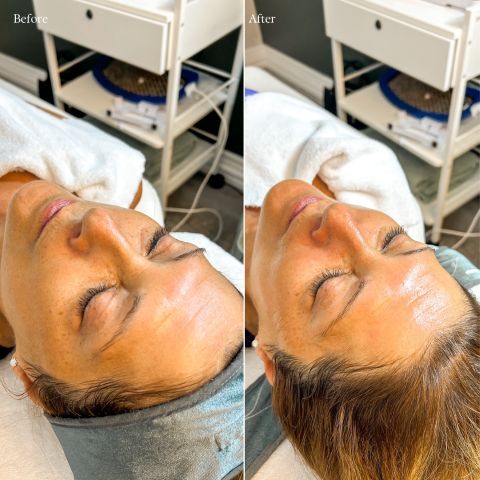- Home
-
Who We Are
-
Services
Injectables & Aesthetic Enhancements
-
Botox®, Dysport®, Nuceiva®
Smooth fine lines and wrinkles for a refreshed, youthful appearance.
-
Dermal Filler
Restore volume, smooth wrinkles, and enhance facial features.
-
Hyperhidrosis Treatment
Reduce excessive sweating with expertly administered Botox®.
-
IV Drip Therapy
Boost energy, hydration, and wellness.
-
Lip Filler (RHA® Revance, Restylane®,
Juvéderm Ultra XC)Enhance volume and definition for naturally beautiful lips.
-
Lip Flip (Botox Cosmetic®, Dysport®)
Enhance the appearance of the upper lip.
-
Migraine Treatment
Reduce the frequency and severity of migraine headaches with expertly administered Botox®.
-
TMJ Dysfunction
Reduce jaw pain and muscle tension with expertly administered Botox®.
-
Trapezius Muscle Botox
Reduce muscle tension and alleviate pain for chronic neck and shoulder pain.
Advanced Skin Treatments
-
Chemical Peels
Reveal fresh, rejuvenated skin with our tailored peels.
-
Dermaplaning Facial
Gently removes dead skin and peach fuzz for a radiant finish.
-
Full Body Relaxation Massage
+ Back Facial TreatmentUnwind completely with a full-body massage and purifying back facial.
-
Lux LED Facial + Red Light Therapy
Uses targeted wavelengths of light to stimulate collagen, accelerate healing, and reduce acne-causing bacteria for healthier, more radiant skin.
-
Lumecca IPL Skin Rejuvenation
Target pigmentation, sun damage, and redness for clearer skin.
-
Lunch Break Facial
Quick, refreshing facial to revive your glow, perfect for a mid-day reset.
-
Microneedling
Stimulate collagen production for smoother, firmer skin.
-
PRP Microneedling Facial
Harness your body's natural healing power for a radiant glow.
-
Radiant Skin Treatment Facial
A revitalizing facial designed to brighten and even out skin tone.
-
Signature Facial
Indulge in a luxurious, customized facial for your skin's unique needs.
-
Skin Soothing Facial + Blue Light Therapy
Soothe inflamed skin and reduce the effects of acne or melasma for a clearer, healthier complexion.
Medical Skin & Laser Treatments
-
Acne Laser Treatment
Indulge in a luxurious, customized facial for your skin's unique needs.
-
Acne Treatment (Kenalog®)
Target stubborn acne with precision injections.
-
Laser Hair Removal (Men)
Achieve smooth, hair-free skin with advanced Diolaze XL technology.
-
Laser Hair Removal (Women)
Achieve smooth, hair-free skin with advanced Diolaze XL technology.
-
Melasma Laser Treatment
Even out skin tone and target hyperpigmentation.
-
Rosacea Laser Treatment
Calm redness and strengthen your skin barrier.
-
Skin Tag Removal
Quick and effective removal of unwanted skin tags.
-
Spider Vein Treatment
Minimize the appearance of visible veins for smoother skin.
Health and Wellness
-
PRP Hair Restoration
Stimulate hair growth with regenerative platelet-rich plasma therapy.
-
Skin Care Consultation
Personalized solutions for acne, rosacea, eczema, and melasma.
-
Travel Medicine
Stay healthy while you travel. Our Niagara Falls travel clinic offers travel health advice and personalized consultations for all your destinations
-
Weight Loss
Reduce body weight and maintain a healthy weight.
-
Botox®, Dysport®, Nuceiva®
- Before & After
- Products
-
Promotions
- Gift Cards
- Memberships
- Model Call
-
Resources
- Courses
- Contact Us
- (905) 353-0707

